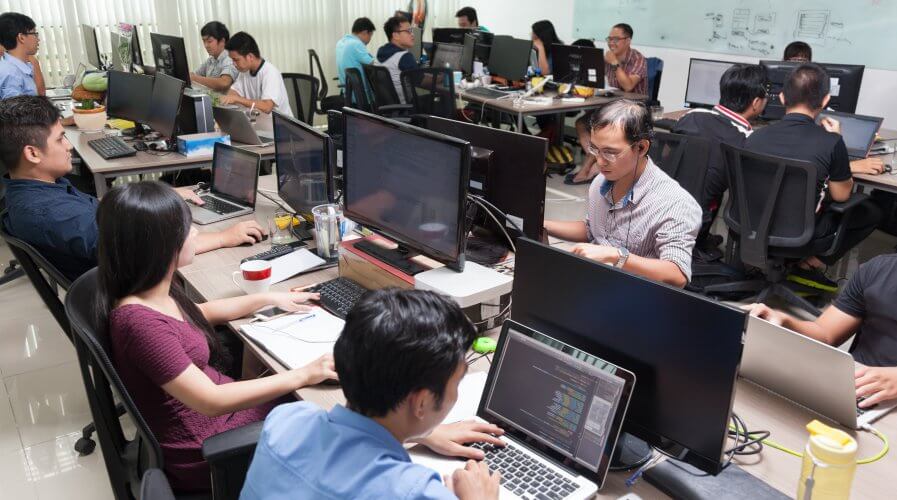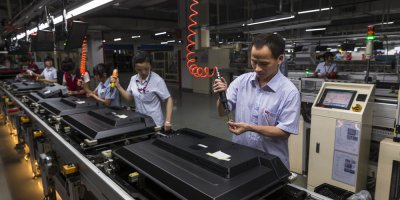
Companies could use AI to enhance the current workforce, as a measure to address the global talent shortage. Source: Shutterstock
Use AI to enhance your talent pool, not replace your staff
THE DIGITAL economy has significantly increased the demand for labor, and companies specifically within the tech space are struggling to fill all the vacant positions.
According to one estimate, companies within the technology, media, and telecom industries will face a talent shortage of more than 1.1 million professionals by next year and grow to a whopping 4.3 million by 2030.
As a result, the competition will intensify for the scarce pool of skilled professionals. As the lack of proper expertise and human resources already stalls digital transformation efforts, for many companies, the future looks challenging.
Addressing the skills gap obviously is not a quick fix and definitely not something that could be remedied using traditional recruiting methods.
Hence, businesses need to find an alternative.
Using AI to address the talent shortage
In the last decade or so, artificial intelligence (AI) has advanced beyond automating repetitive tasks, to being able to replicate cognitive functions of knowledge workers.
There are AI solutions that can handle complicated tasks such as coding, debugging, and more. While they may not be able to replace a human programmer, AI could immensely help enhance the productivity of one.
In addition to the tech industry, other sectors also stand to benefit from AI-powered tools.
Troubles of finding experienced drivers to deliver ever-increasing consignments on time will be a thing of the past for logistics and shipping companies when self-driving trucks hit the road.
To address the high turnover rate in the kitchen, fast food restaurants could deploy robot cooks to produce quality food consistently, for a lower price.
It is important to remember that technology is not replacing workers but enhances them to improve overall productivity and to fill in the void where labor is scarce.
However, companies should not dive in head first to deploy AI as not all workflow could be automated for optimal result.
For business leader evaluating AI, here are three strategies to understand which areas could benefit from the technology first:
#1 | Determine your pain points
Firstly, leaders need to identify the problem areas within their operations and analyze how much of it is caused by a lack of talent or high turnover rate.
Employees working in or adjacent to the area would be able to share some valuable insights to recognize the deficiencies within the work-flow.
#2 | Study your vacant positions
Talking to the HR manager might shed some light into the jobs that need filling, the ones that have been vacant the longest or seem to be the hardest to fill, and even spot the ones with the highest turnover rate.
Those are the jobs that might really benefit from AI solutions.
#3 | Engage an AI consultant
Once it becomes apparent that integrating AI may benefit the company, leaders should get in touch with an expert to get a second opinion.
Having a fresh set of eyes to look at your company’s operations might yield new, never before seen insights which could further help decide which AI solution would best suit the organization’s needs.
READ MORE
- The criticality of endpoint management in cybersecurity and operations
- Ethical AI: The renewed importance of safeguarding data and customer privacy in Generative AI applications
- How Japan balances AI-driven opportunities with cybersecurity needs
- Deploying SASE: Benchmarking your approach
- Insurance everywhere all at once: the digital transformation of the APAC insurance industry






